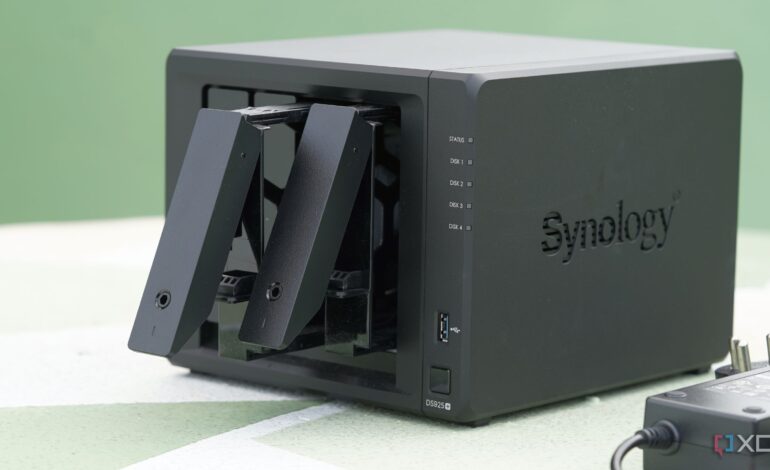Home Lab Revolution: Custom Server Outperforms Synology NAS

In a significant upgrade for home computing, a tech enthusiast has transitioned from a Synology NAS to a custom-built server powered by Proxmox. This change, prompted by evolving needs, marks a pivotal shift in the way the user manages data storage and processing capabilities.
The initial motivation for using a Synology NAS was straightforward: storing image files and media for personal use. Over time, however, the system struggled to meet the growing demands of a home lab setup. The NAS, which was never designed for heavy multitasking, began to falter under the weight of increased workloads and limited resources.
Identifying Limitations and the Need for Change
After nearly a decade of reliance on Synology, the decision to build a dedicated server stemmed from a realization that the existing hardware could no longer keep pace with the user’s ambitions. The Synology NAS could handle only 64GB of RAM, while a mini PC limited to 12GB was simply inadequate for running multiple applications simultaneously. Upgrading network speeds presented additional challenges, as it required proprietary hardware that was both costly and impractical.
In contrast, the custom server built on Proxmox offers a robust solution. The user can now leverage virtual machines (VMs) and LXC containers to optimize performance and run various operating systems as needed. Proxmox’s reliability is especially appealing, as it allows for easy recovery from errors, a critical feature for someone who often experiments with configurations.
The New Setup: High Performance Meets Flexibility
The heart of this new setup is the powerful AMD Threadripper 7970X, equipped with 32 cores and 64 threads, along with 256GB of ECC DDR5 memory. This configuration provides ample resources for demanding tasks and allows for the virtualization of multiple systems simultaneously. Installed on a 4TB Gen 5 NVMe SSD, the server ensures that storage space will not become a bottleneck.
Cooling solutions for high-performance systems can be challenging, but the user opted for the SilverStone XE360-TR5 360mm AIO cooler. This design prioritizes space efficiency while effectively managing temperatures, which is crucial for maintaining performance during intensive operations.
As the user prepares to transition data from the Synology NAS, they face decisions about the server’s physical configuration. Whether to choose a workstation-style case or a rack-mounted chassis remains uncertain, but flexibility in design is a priority. For now, the server remains on a test bench, allowing for thorough testing and adjustments before full deployment.
The user has ambitious plans for this new server, which include implementing automation tools like Ansible and Terraform, as well as migrating Kubernetes pods. With the enhanced capacity, the user can also explore dedicated resources for AI applications and video transcoding, projects that were previously constrained by the limitations of the mini PC.
The transition from a Synology NAS to a custom server demonstrates a growing trend among tech enthusiasts to build tailored systems that better meet their needs. As home labs become more sophisticated, the ability to customize hardware and software configurations will continue to drive innovation in personal computing.






